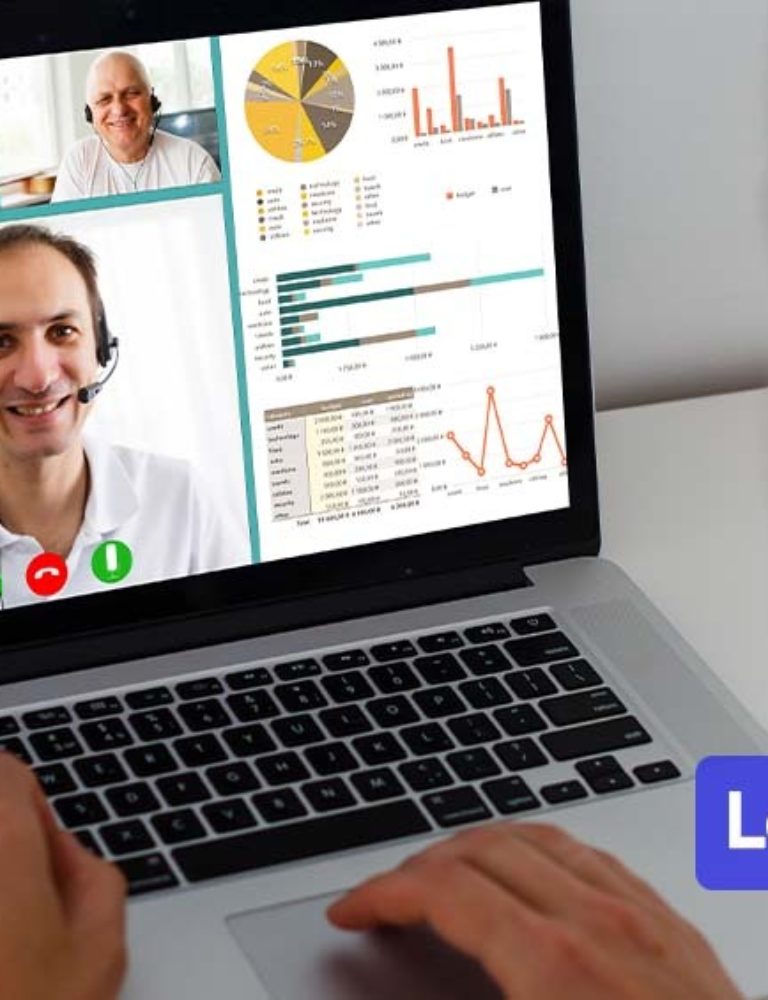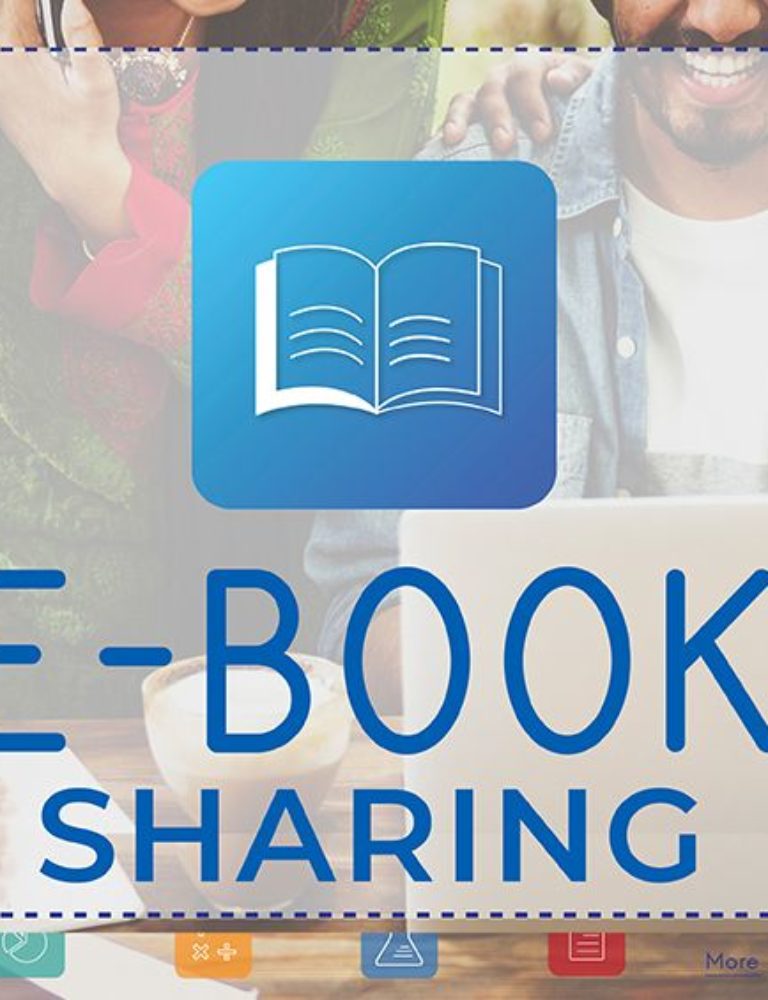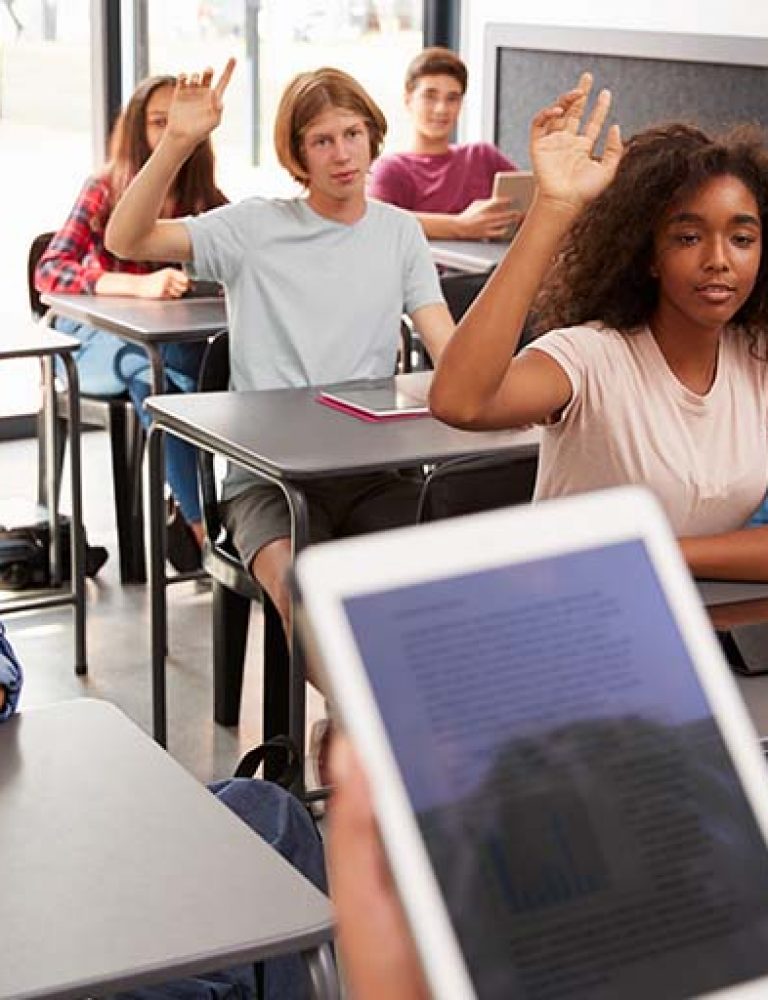In this age of digital content consumption, students are likely to get easily distracted if they do not find their curriculum interesting enough. Educators have noticed that when technology is integrated into the curriculum, students tend to demonstrate an eagerness to learn.
With the steady rise in digital learning materials, and the various interactive elements being incorporated into these digital resources, the teaching faculty is hoping to create an engaging learning environment and improve student learning outcomes.
So, is blending technology with traditional teaching models the best solution to get students geared up for learning?
Top 3 Ways to Improve Student Learning Outcomes:
- Interactive Learning: It’s important for the students to be able to visualize whatever information is given to them. This doesn’t happen with static textbook content which runs into pages and chapters. Create an atmosphere which makes every student want to study with interactive courseware.
- Teaching Strategy: It is important that the teacher understands when to stop the lecture because research has proved that the attention span for a K-12 student is their age plus two or three minutes. Show your students relevant videos and make your content interactive. The end goal is that a student should be able to respond to a question or comprehend a topic correctly.
- Frequent Feedback: There has to be a process where students can receive helpful feedback. By receiving constant feedback from teachers, students can implement changes in their learning pattern and take measures to improve student learning outcomes with digital learning.
Mobile Learners Insights - Everything You Need to Know
Today’s technology has the power to break down the barriers and constraints that have long frustrated educators, at the same time equipping students with new skills that they will need to succeed in the 21st century.
In this new era of education, wherein students expect classrooms to employ the kind of technology that they use in their personal lives, educators look for new ways to improve student outcomes.
Here are some facts supporting this:
- 56 percent of children aged 8 to 12 have a cellphone.
- 74% of teachers say education technology is a student motivator
- 77% of parents accept that usage of tablet increases children’s learning and creativity
From these facts we can conclude that technology serves as a catalyst for change in education.
Teachers can harness the benefits of technology to dramatically improve student performance and educational outcomes. Now the real challenge for teachers is to use technology to get their students motivated and achieve better learning outcomes.
How to improve your students’ learning outcomes? Simple answer to this question is – Make their content interactive! Today’s students have grown up with the Internet, which provides immediate access to a wealth of information and in multiple formats such as video, audio, and text.
These students are growing up in an interactive world and they view learning through the lens of interactivity. So, educators must incorporate new interactive methods based on the latest technologies into their classrooms to become a smart school with next-generation technologies in classrooms.
Integrating technology into the classroom environment is critical to enhance learning and elevate student achievement and collaboration, but it doesn’t end with the installation of devices and networks on campus.
Also read: 8 Trends in Education Technology That Will Have A Major Impact | 2024
Top 4 Advantages of Enabling Technology in Education
- Student Engagement : A growing collection of international research proves that interactive learning promotes student engagement. With interactive digital resources, educators can maintain a dynamic interaction with the entire class at any given time. Thus, the promise of technology extends far beyond what students’ experience in schools today. New technologies can help achieve both scale and personalization in learning. Not only do students have access to best content and instruction, but they can expect more frequent feedback from the teachers.
- Motivation : Motivation in a classroom is measured by a student’s willingness to participate in the learning process. It’s difficult to get students to actively engage in lessons and stay focused. However, interactive courseware brings true excitement to the classroom and motivates students to attend the classes. Research and educators have noted that students in technology enhanced classrooms reported more enthusiasm and interest in the course than students in traditional classrooms.
- Learning Styles and Special Needs : Educators continuously strive to develop strategies and tools that will reach students with unique or diverse learning needs. Everyone has a unique learning style. According to Howard Gardner, a psychologist and professor of neuroscience at Harvard, there are different types of learning styles, viz., verbal-linguistic, logical-mathematical, auditory-musical, bodily-kinesthetic, interpersonal, intrapersonal, and naturalistic. Each learning style displays different user behavior, helping teachers know which learning pattern works best for a student. An interactive courseware allows teachers to learn about their student’s behavioral pattern and accordingly plan their content delivery.
- Teacher Preparation : Innovation is sweeping the world of education. Therefore, efficient use of technology by educators is very important for achieving good student learning outcomes in the 21st century classroom. Implementing digital-friendly learning model is the key. The education technology integrated in the classroom should blend seamlessly with the rest of the curriculum, helping teachers to streamline lesson preparation.
Also read: Importance of eBooks in education
Conclusion
Technology is changing the way we learn. Teachers can now address the entire classroom through digital screens, enabling each child to get the same base content. And students are now exposed to unlimited knowledge. If we look at how far we’ve come in the last two decades in context to education, we would be awed by how drastically it has changed the face of education.
From instructor-led traditional approach to device-based, the learning process has evolved and improved. Today, students are so digitally active that they want to consume all forms of content, whether text, videos or audio on their handheld devices.
Therefore, creating a digitally-enhanced interactive learning environment is the best solution to attract students’ attention, engage them, increase their retention rate and help them perform better.
Also read: Will eBooks Replace Physical Textbooks in Higher Education
To know more, please write to us at kitaboo@hurix.com
Suggested Reads:
DISCOVER HOW AN INTERACTIVE EBOOK PUBLISHING & DELIVERY PLATFORM CAN HELP YOU
Kitaboo is a cloud-based content platform to create-publish & distribute interactive mobile-ready ebooks.
You May Also Like







